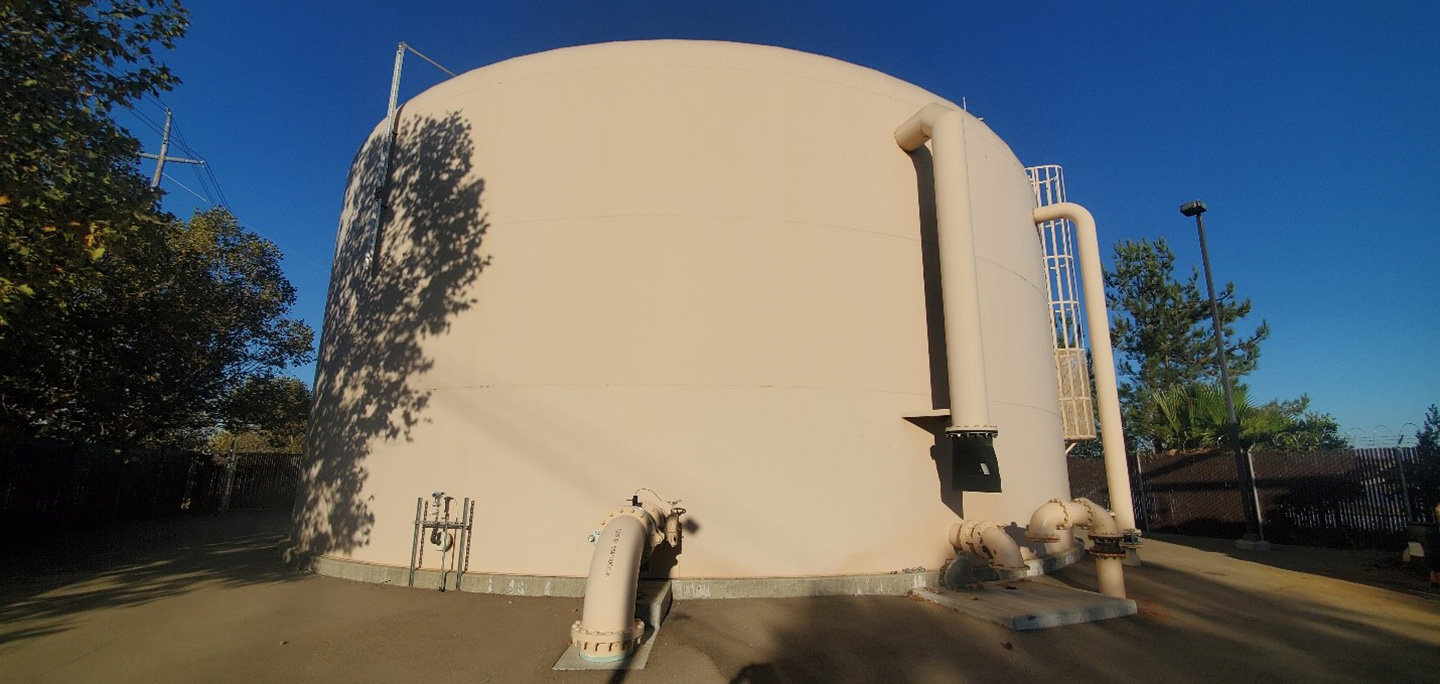As has been the case on and off for the past several years, California is preparing for yet another difficult drought as summer approaches. Both the state and local governments in California will be focusing on more stringent water conservation efforts. As part of California’s 20x2020 mandate in 2008, the state mandated a plan to achieve a 20% reduction in per capita water use statewide by 2020. The goal was ultimately achieved, but with droughts expected to return, further cutbacks in water supplies can be expected. Contractors for the State Water Project and the Central Valley Project have been informed that deliveries could be limited to less than 10% of average allocation.
In an era of water supply cutbacks, water conservation is considered the “silver bullet” by many agencies in balancing supply portfolios with demand. Water conservation is a necessary and important pursuit that can benefit wildlife, farmers, and municipal water users; however, the impact of water conservation also creates many challenges to traditional practice in infrastructure planning and operations. To address these challenges for the long term, as engineers in California we may need to rethink our approach and design philosophy for water infrastructure projects.
Impacts of Water Conservation
Water conservation creates financial, infrastructure, and operational challenges for government agencies and the engineers responsible for water infrastructure projects.
Financial challenges include:
- Decreased revenue for public agencies due to reduction in water sales
- Deferment of critical projects because of long-term funding concerns
- Increased water rates for consumers to cover fixed costs and reduced revenues
Operational challenges include:
- Longer detention times in the water distribution system, creating issues with maintaining chlorine residuals
- “Stale” tasting water and aesthetic issues from less frequent turnover in storage tanks and reduced recirculation
- Water quality issues with potential increases in disinfection byproduct formation (DBP)
- Lower wastewater flows and greater solids buildup in sewers because of lack of flushing velocities
- Increased wastewater odors
- More frequent maintenance of collection systems
- Accelerated rates of corrosion within pipelines
- Higher constituent concentration in wastewater treatment plant influent
- Reduced supplies of recycled water

Adjusting our Water Engineering Philosophy in California
In the past, engineers designed and built water infrastructure with the philosophy that “bigger is better,” meaning, build infrastructure with sufficient capacity to handle long-term future demands to eliminate and minimize constraints for growth. In most cases, building with more capacity than was necessary initially helped provide a buffer should the need for additional capacity arise. With the recent trend of lower water usage, however, this philosophy may need reevaluation.
Dr. George Tchobanoglous, Professor Emeritus at University of California – Davis, also known as “Doctor T,” is a wastewater guru who is championing a paradigm shift in the approach engineers use to plan and design water and wastewater systems. With water conservation here to stay and not a temporary aberration, traditional design parameters and reliance on long-term historical data may miss the mark and lead to the design of unsustainable systems.
If conservation continues to increase as expected here in California, we engineers will need to focus on sensitivity analyses to better understand the long-term impact of reduced water usage on infrastructure.”
Dave Richard
If conservation continues to increase as expected here in California, we engineers will need to focus on sensitivity analyses to better understand the long-term impact of reduced water usage on infrastructure. We must shift our approach from “bigger is better” to providing enhanced operational flexibility to respond effectively and efficiently to changes in future demands and needs. Facility planning will transition from determining how many more units are required to what adjustments can be made to increase system utilization while reducing operational requirements. Ultimately, as engineers, the onus is on us to be more proactive in considering long-term trends and to provide more informed and reliable solutions in an ever-evolving environment.